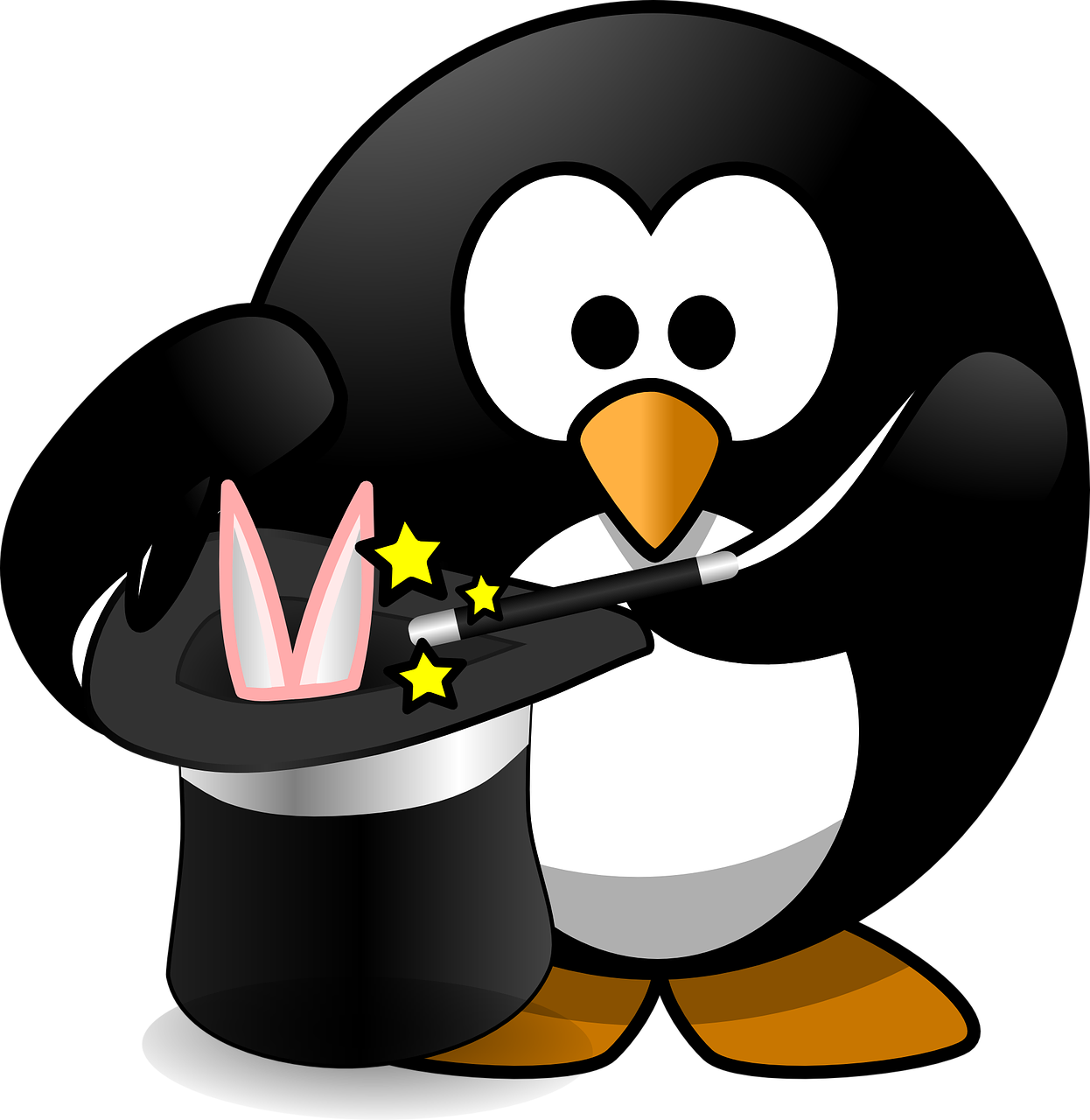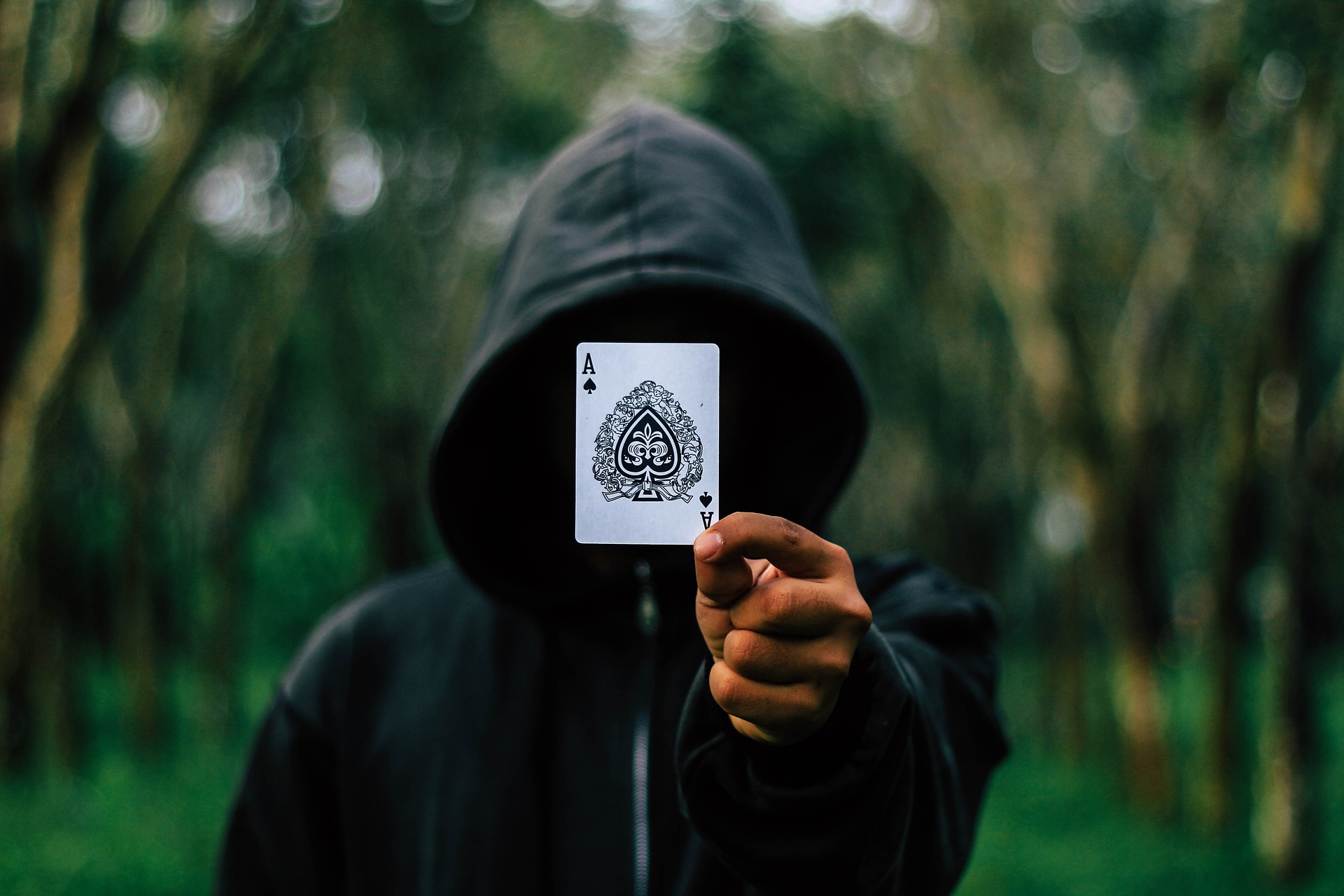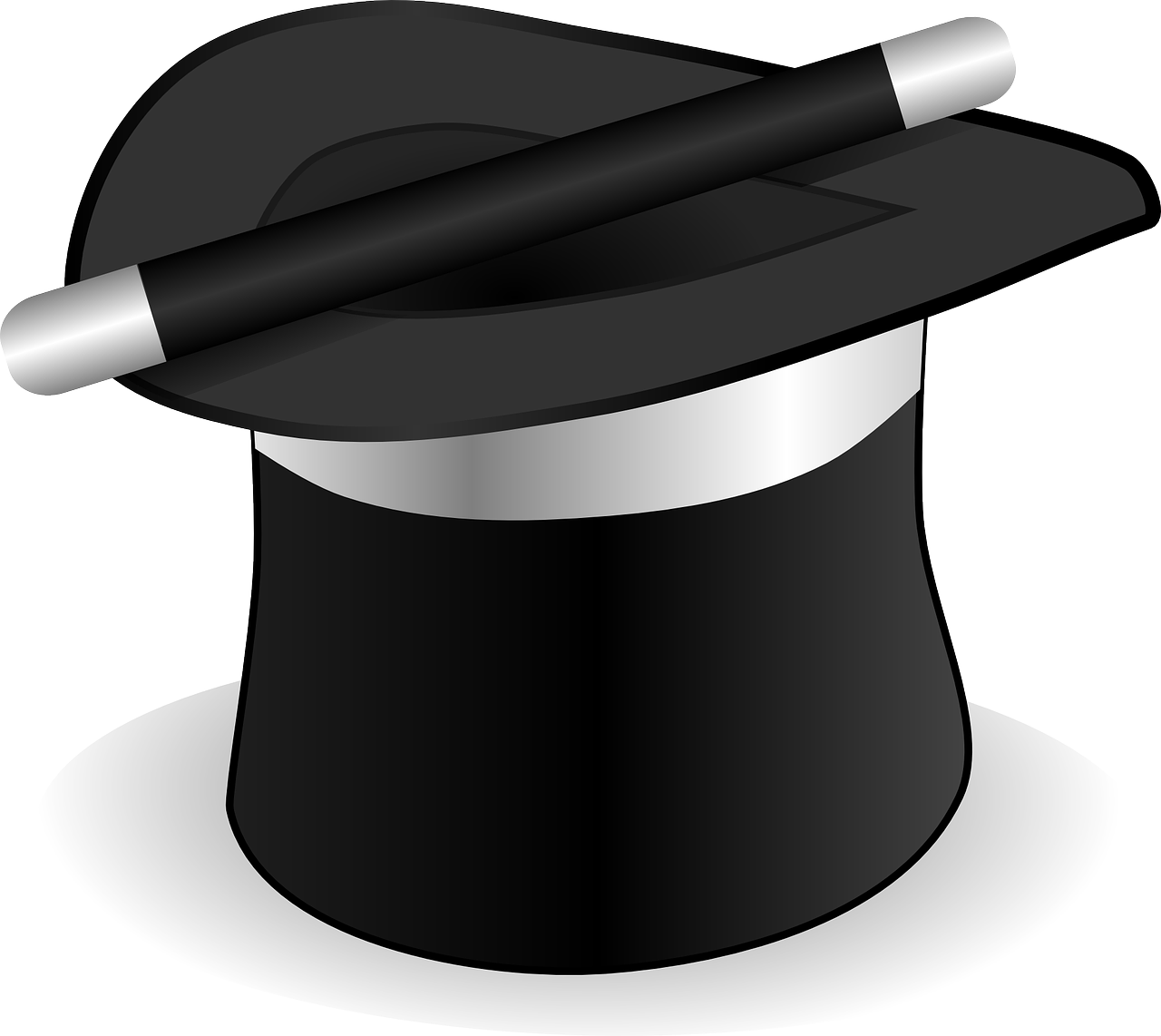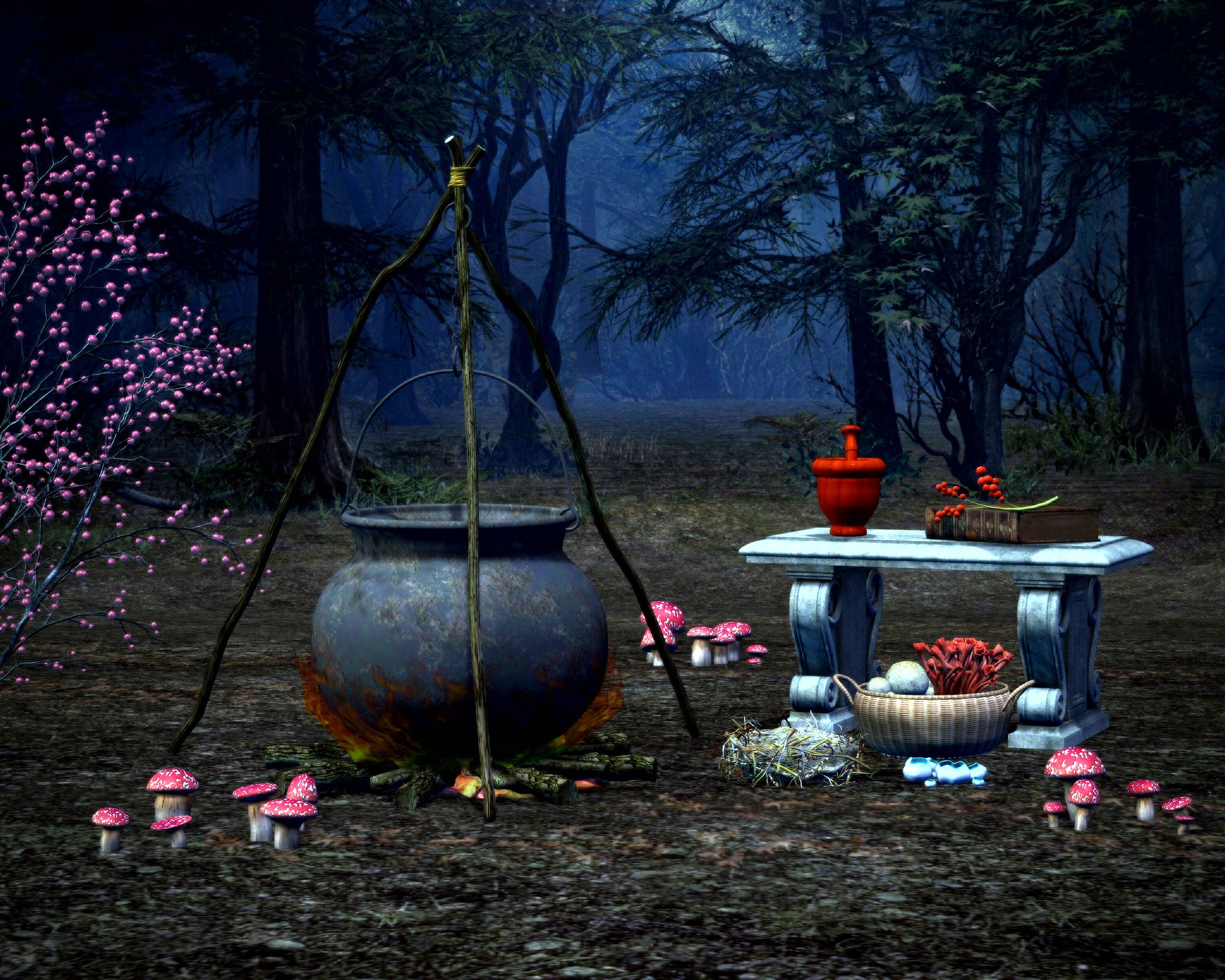
We all know at least one or two magic tricks and we’ve all tried to do them ourselves, but have you ever wondered where they came from? Well, we did, so we researched the topic in order to quench your and our thirst for knowledge.
Read our article to find out more about the craft of magic tricks such as their purpose, their beginnings, and the many amazing magicians who have lived through history. Enjoy!
Definition
First, let us try to give you a definition and the purpose of magic trick. A magic trick is an act supposedly carried out through magical means, while it actually uses illusion and trickery; it’s usually performed to entertain an audience. The purpose of a magic trick is to create the illusion that the supernatural or impossible has been achieved.
Ancient Roots
Now knowing the definition and purpose of a magic trick, you can tell why this craft has always fascinated people. Although everyone knows they are about to witness an illusion, they still experience it as a supernatural event, which makes them want to attend a magic show in the first place.
This curiousity and wish to be amazed has seemingly always been present in humankind. Some historians even claim that magic trickery is our first artform. They argue that cups and balls routine, where someone hides a ball underneath a cup and the ball disappears and/or multiplies, is depicted in the tomb of Egyptian pharaoh Baqet III, which dates back to 21st century BC. Critics, however, think the image portrays an Egyptian game that has since been forgotten.
Although it can’t be proven whether Baqet III indeed had magicians in his court, we know for a fact that ancient Romans did. Seneca the Younger described the cups and balls trick in detail, as well as his amusement with it around 65 AD.
It’s fascinating to find out that this trick has been performed for at least two millennia. Not only that, but there’s evidence of the magic trick being performed all around the world for centuries. Talking about synchronicity!
Issues with Magic Tricks
As many of you might guess, magic tricks were not well-received by some members of medieval societies. Despite their illusionary nature, they were blamed for being acts of sorcery. Unfortunately, many magicians were persecuted and some of them likely lost their lives.
The book The Discoverie of Witchcraft (1584) by Reginald Scot attempted to show that the magic tricks didn’t involve magic at all and were instead harmless fun. He also describes famous tricks such as the ‘Decollation of John Baptist’ illusion. The book is thought to be the first work on stage magic.
It probably changed the attitudes of some, but it was unfortunately banned and burned in 1603 by the new English King James I. It was likely banned because Scot strongly advocated against the Church’s persecution of “witches”, which must have been very controversial back then.
The Revival of Magic Trickery
With the Enlightenment came a new hope for magicians in Europe to perform tricks. The Church was gradually losing its grip on society, while technological progress brought curious devices such as the magic lantern, the panorama and diorama that showed everyone that the public never ceased to seek the thrill of exciting illusions.
Magic experienced a revival in the 17th and 18th centuries. Fairs and even royal courts held magic shows and elevated magicians to the status of high-class artists. Louis Apollinaire Christian Emmanuel Comte became known as the King’s Conjurer, serving to King Louis XVIII, while his English counterpart Isaac Fawkes performed to King George II and amassed a fortune.
Modern Magic

Magic shows have existed for millennia, but the ones we’re familiar with emerged in the 19th century. The father of modern magic is said to be the Frenchman Jean-Eugène Robert-Houdin. He was strongly against performers claiming their tricks were born of real magic. His style of performance inspired the future generations and he also popularised wearing evening suits instead of wizard-like garbs popular before.
More curiously though, he was the French government’s secret weapon in their attempt to keep the colony of Algeria. The Marabouts, an Algerian tribe, claimed to be real magicians and they assuaged people by performing tricks. Robert-Houdin was tasked to perform “stronger magic” in a bit to win Algerian support in 1854. Although he opposed “real magic” performances, he made use of them then and won the respect of the Algerian tribal chiefs.
Victorian England also respected the magic craft and held many shows in the famous Egyptian Hall (the home of magic) and the Royal Polytechnic Institution. Interestingly, Harry Houdini refused to perform at the Egyptian Hall when he was invited there.
He was very busy making a name for himself in the United States where he became a superstar. The Hungarian-born magician, whose real name is Erik Weisz, borrowed Robert-Houdin’s name to become the famous Harry Houdini. Houdini popularised escapology or the art of escaping; straitjackets, water tanks – you name it!
Robert-Houdin and Houdini are undoubtedly the founders of modern magic and the inspiration of contemporary magicians such as David Copperfield, Penn and Teller, Siegfried and Roy and many others.

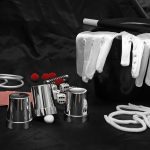 Magic Shows at New Jersey Casinos
Magic Shows at New Jersey Casinos 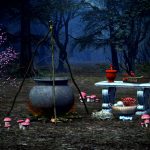 History of the Craft
History of the Craft  Hat-Tricks
Hat-Tricks 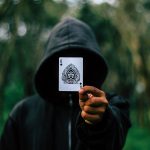 The Masked Magician: Remembering the Hit Show
The Masked Magician: Remembering the Hit Show 
